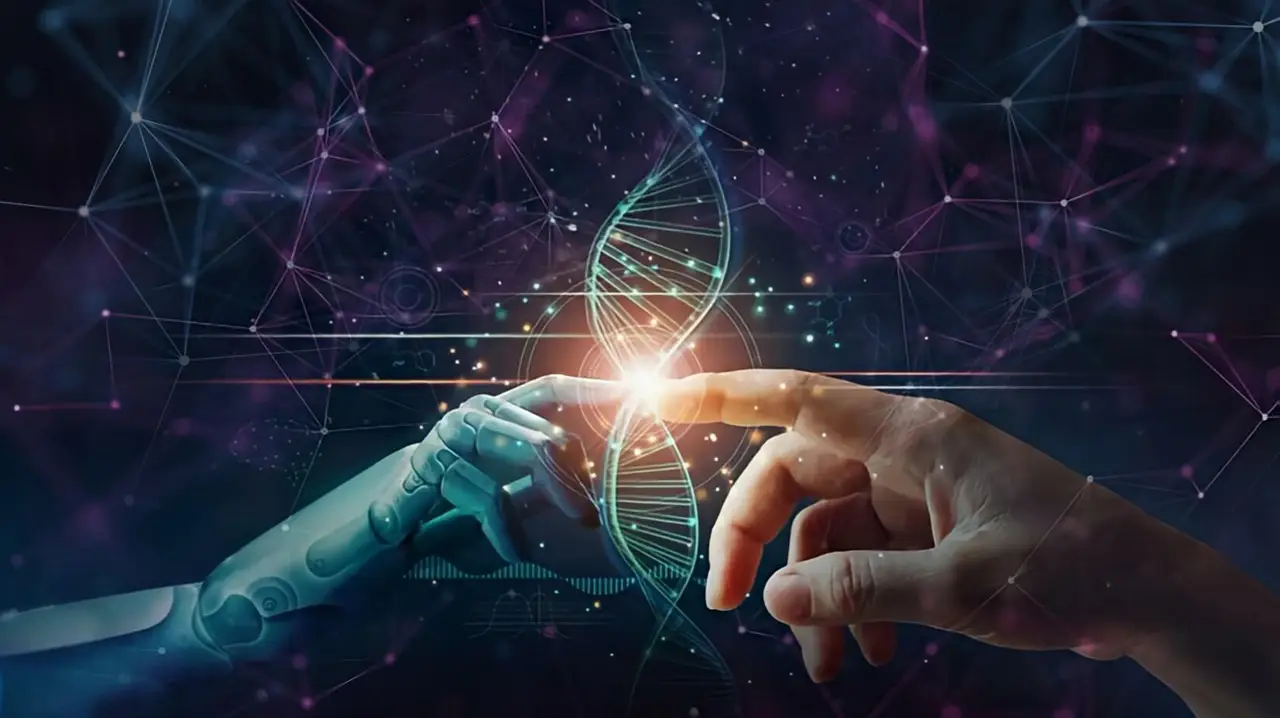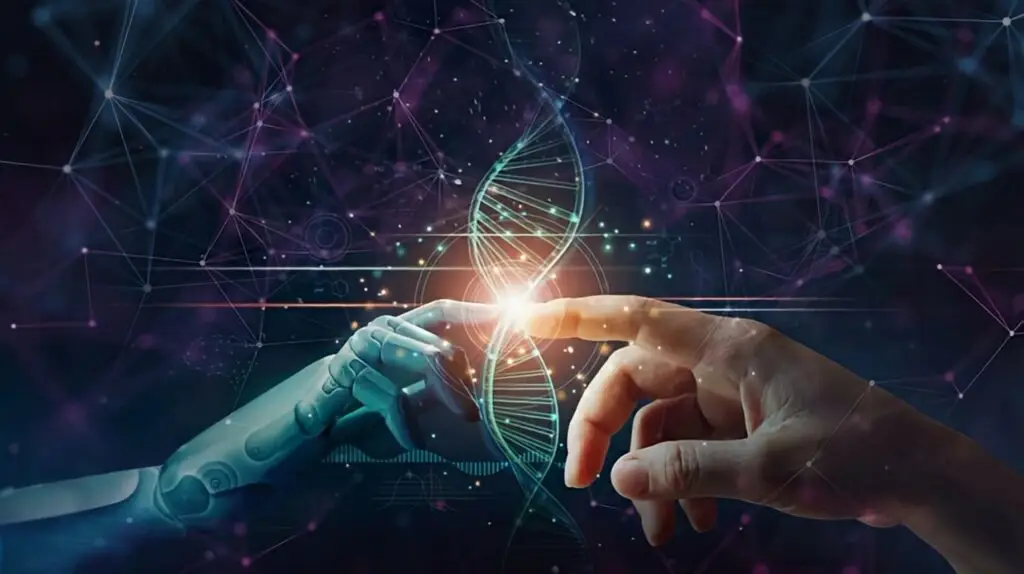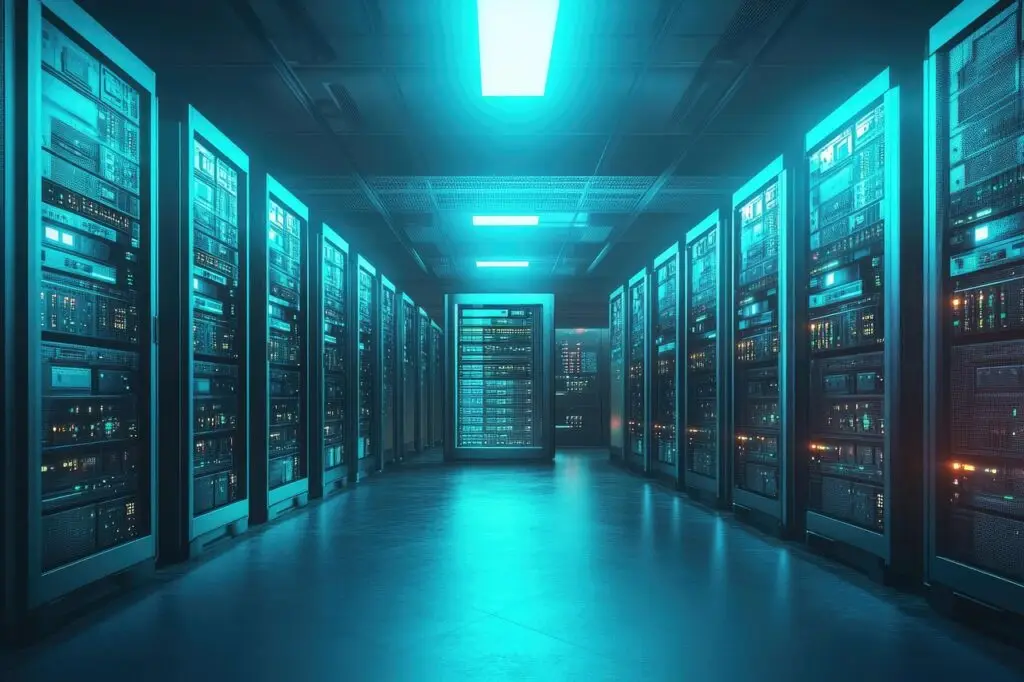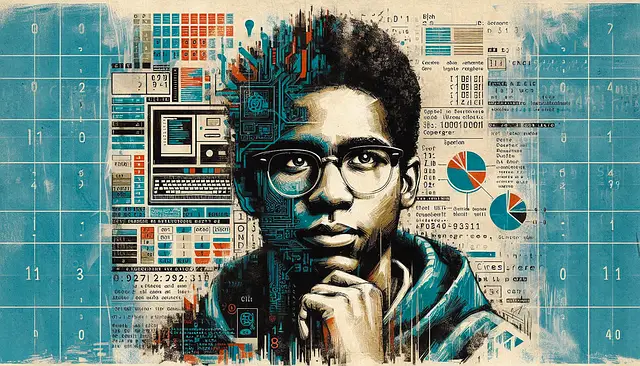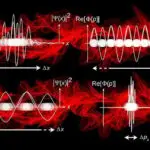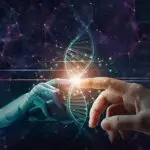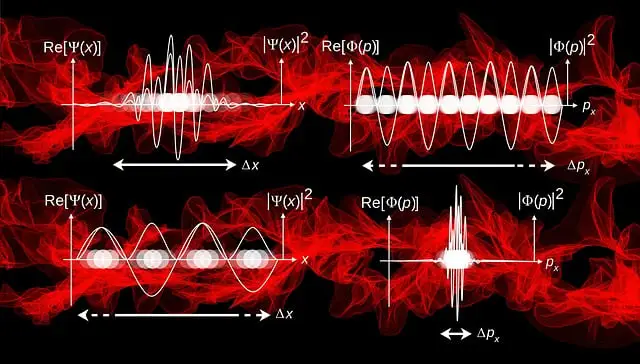As humanity faces an unprecedented explosion of data from AI models and IoT devices to high-resolution media and scientific research, traditional storage technologies are reaching their physical and economic limits. The next revolution in data storage may come from quantum computing, DNA storage, holographic memory, and even atomic-scale solutions. Here’s a deep dive into the cutting-edge technologies that could redefine how we store information.
1. The Limits of Current Storage Technologies
Before exploring future solutions, we must understand why silicon-based storage (HDDs, SSDs, and flash memory) is becoming unsustainable:
- Physical Scaling Limits: Silicon transistors are approaching atomic sizes (near 1-2 nanometers), where quantum effects disrupt functionality.
- Energy Inefficiency: Data centers consume ~2% of global electricity, with projections doubling by 2030.
- Data Decay: Magnetic tapes degrade in ~30 years, HDDs in ~5-10 years long-term archival storage is unreliable.
- Cost & Capacity: Storing all human knowledge in traditional formats would require millions of tons of hard drives.
2. Quantum Storage: The Next Computing Frontier
Quantum computing isn’t just for processing it could also revolutionize how we store data.
How It Works:
- Qubits (quantum bits) can exist in superposition, storing multiple states simultaneously.
- Entanglement allows data to be linked across vast distances, enabling ultra-secure networks.
Potential Applications:
✔ Ultra-Dense Memory: A single atom could store multiple bits, exponentially increasing capacity.
✔ Unhackable Storage: Quantum encryption (via quantum key distribution) could make breaches impossible.
✔ Instant Data Transfer: Quantum networks could enable real-time global data syncing.
Challenges:
❌ Requires near-absolute-zero temperatures (cryogenic cooling).
❌ Decoherence (quantum state instability) leads to data errors.
Companies Leading the Charge: IBM, Google Quantum AI, IonQ.
3. DNA Data Storage: Nature’s Ultimate Hard Drive
DNA has stored genetic information for billions of years why not use it for digital data?
How It Works:
- Binary data (0s and 1s) is converted into A, T, C, G nucleotide sequences.
- Synthetic DNA is encoded, synthesized, and stored in vials.
- When needed, DNA is sequenced (read) back into digital data.
Mind-Blowing Advantages:
✔ Unmatched Density: 1 gram of DNA can store 215 petabytes (215 million GB)—equivalent to all of Facebook’s data in a shoebox.
✔ Longevity: DNA lasts thousands of years (vs. decades for hard drives).
✔ Energy Efficient: No power needed for storage just keep it cool and dry.
Current Challenges:
❌ Slow & Expensive: Writing (synthesizing) DNA costs ~$1,000 per MB (but prices are dropping).
❌ Read/Write Speed: DNA sequencing is still too slow for real-time use.
Pioneers in the Field: Microsoft (Project Silica), Twist Bioscience, Catalog Technologies.
4. Other Emerging Storage Technologies
A. Holographic Storage
- Uses lasers to store data in 3D crystals (not just 2D surfaces like DVDs).
- Potential for petabyte-scale discs with century-long lifespans.
- Companies: Sony, Microsoft (Azure’s Project Silica).
B. Atomic-Scale Storage (IBM’s “Atomic Memory”)
- Stores bits on single atoms using scanning tunneling microscopes.
- Could theoretically store the entire Internet on a sugar cube-sized device.
C. Glass Storage (5D Optical Data Storage)
- Etches data into nanostructured glass with femtosecond lasers.
- Survives extreme heat, radiation, and time ideal for archival storage.
5. The Timeline: When Will These Technologies Go Mainstream?
| Technology | Current Status | Expected Mainstream Adoption |
|---|---|---|
| Quantum Storage | Lab experiments, early prototypes | 2040s+ |
| DNA Storage | Corporate R&D (Microsoft, Twist) | 2030s (archival), 2050s (general) |
| Holographic | Military/enterprise testing | 2030s |
| 5D Glass | NASA/archival use cases | 2025+ (niche) |
Conclusion: The Storage Revolution Has Just Begun
Humanity has always overcome storage limits from paper to microfilm, from HDDs to the cloud. Now, quantum, DNA, and atomic storage promise to redefine data preservation once again. While challenges remain, the potential is staggering:
🔹 All of human knowledge could fit in a single room.
🔹 Data could survive for millennia.
🔹 Energy costs could plummet.
The question isn’t if these technologies will replace silicon, it’s when. The race is on, and the winners will control the future of information itself.
